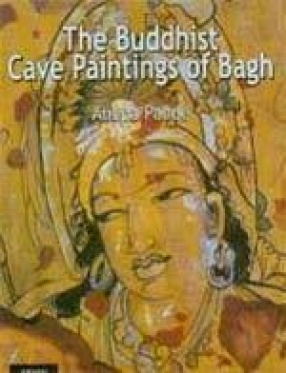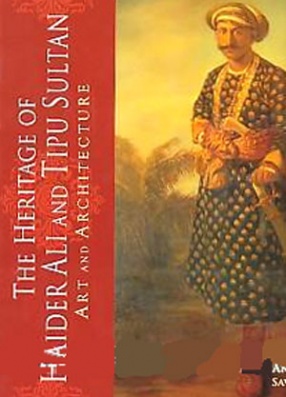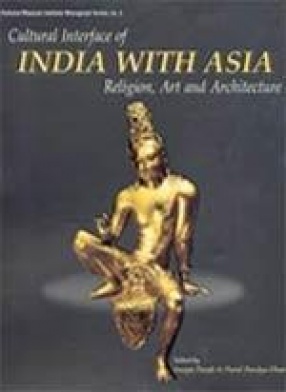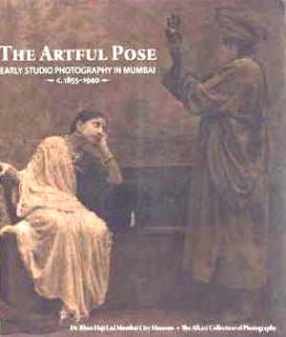The Buddhist cave paintings at Bagh are renowned for their heritage of art. However, unlike Ajanta, they have not received adequate scholarly attention so far.The walls and ceilings of the Bagh caves were once a repository of magnificent classical paintings. The remnants of the paintings, though extremely scanty now, are an important part of our rich art heritage. The present work, with the help of earlier artistic and photographicreproductions as well as what remains now, attempts at a complete documentation of the Buddhist cave paintings of Bagh. The work has essayed the task of identifying the paintings in detail, thus it has interpreted fully the meaning of the main panel of paintings which had once adorned the verandah of Cave 4 and which has long puzzled art historians.The work also attempts at aesthetic criticism of the paintings correlating them with the canons of Silpasastra as also the application of modern critical methods. The theoretical background of the paintings includes the basic aesthetic concepts of rupa and rasa as also pramana and laksana. These have been analysed to shed light on the artistic value of these paintings. Modern aesthetic concepts have also been utilized.The paintings of Bagh as those of Ajanta are a valuable source of information of the social and material conditions of the times and as such have been placed in their context of ideas, ethos and material culture. The material culture of the age including the textiles and styles of garments and ornaments have been reconstructed from archaeological as well as literary sources ranging from Asvaghosa to Rajasekhara. The development of Buddhist faith and philosophy which underlie the paintings has been analysed as also the historical background of Buddhist monasteries.
The Heritage of Haider Ali and Tipu Sultan: Art and Architecture
This book is a pioneering ...
$224.10
$249.00








There are no reviews yet.